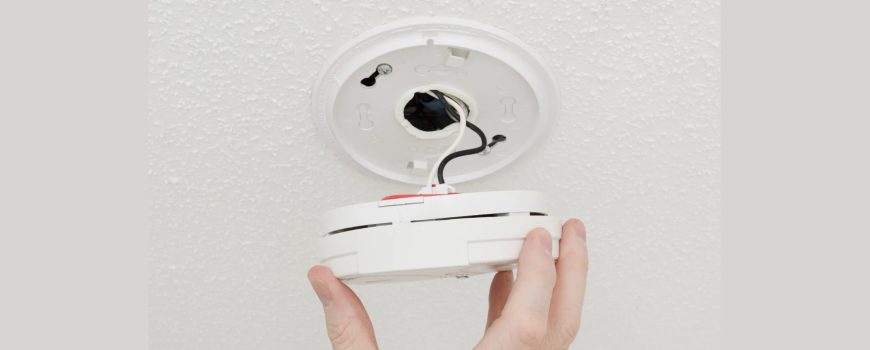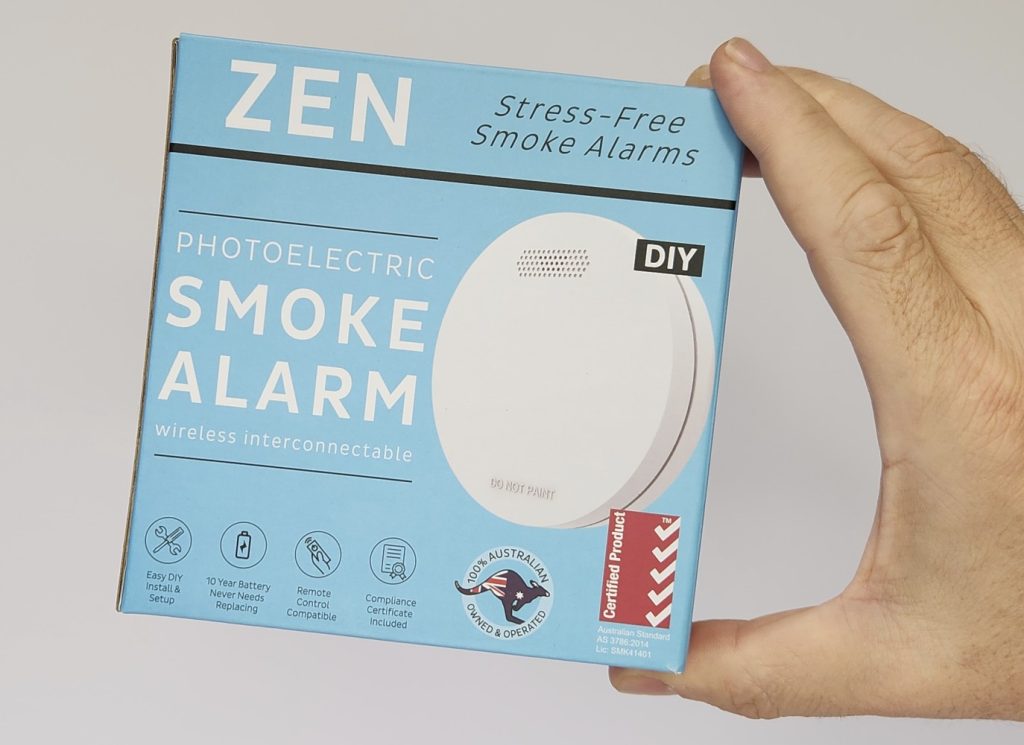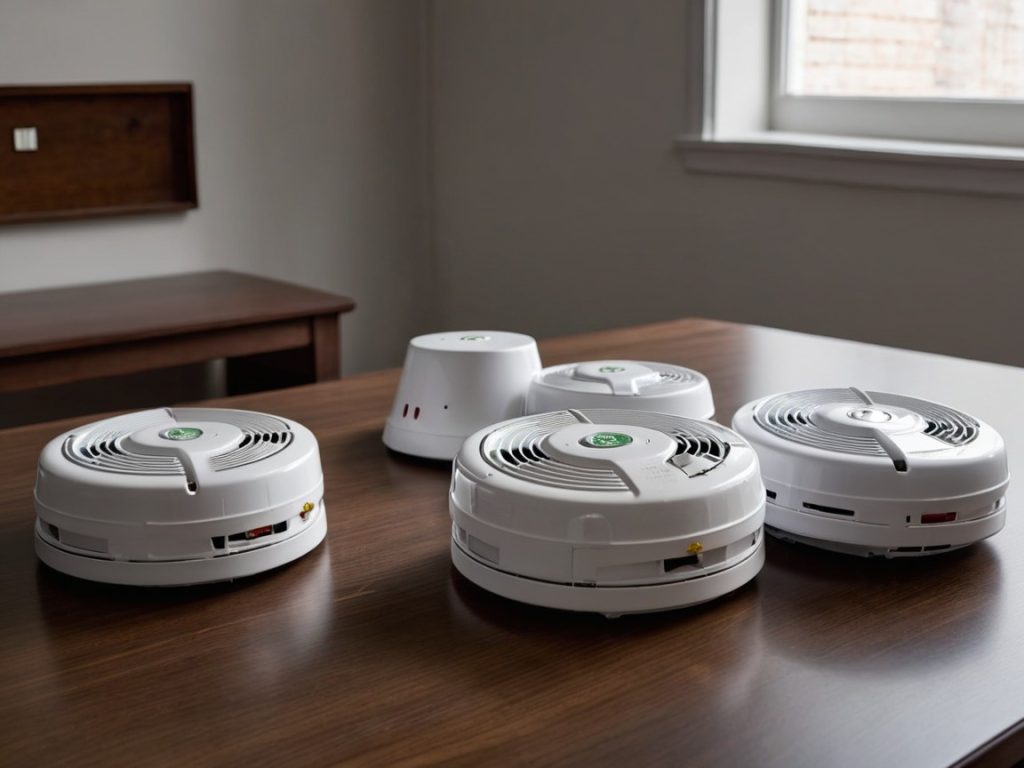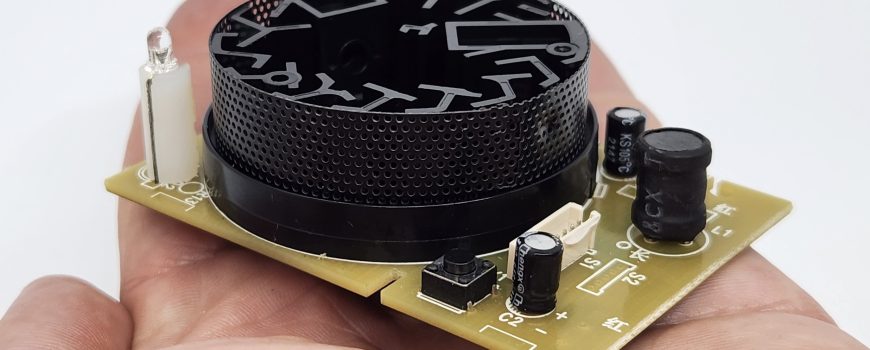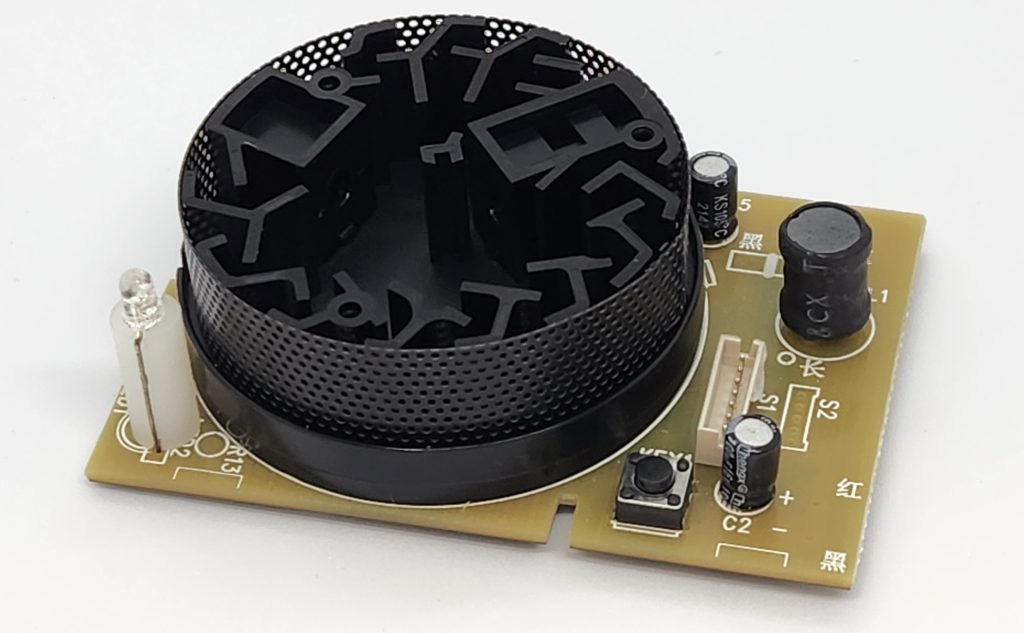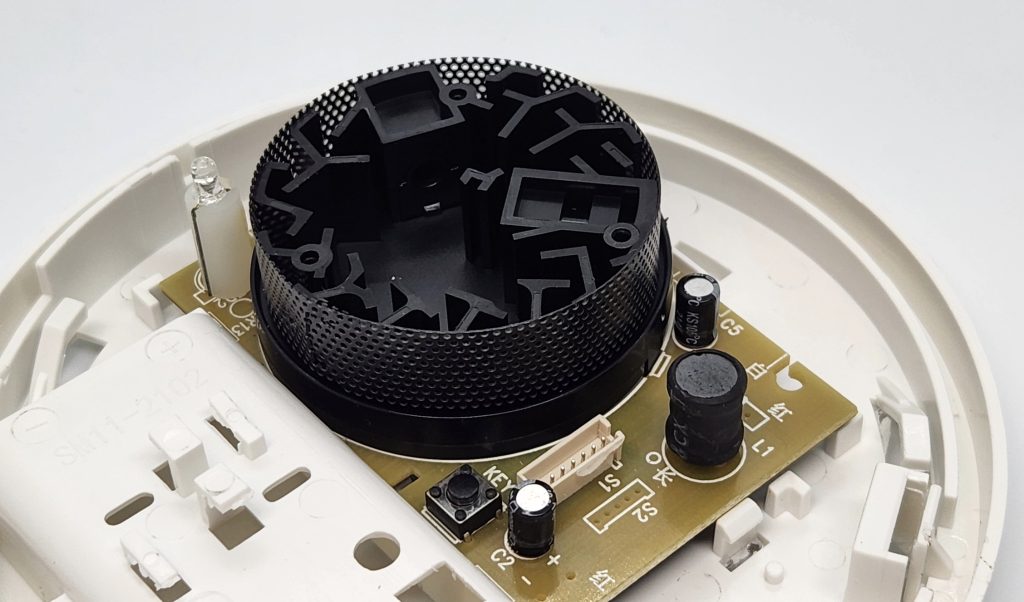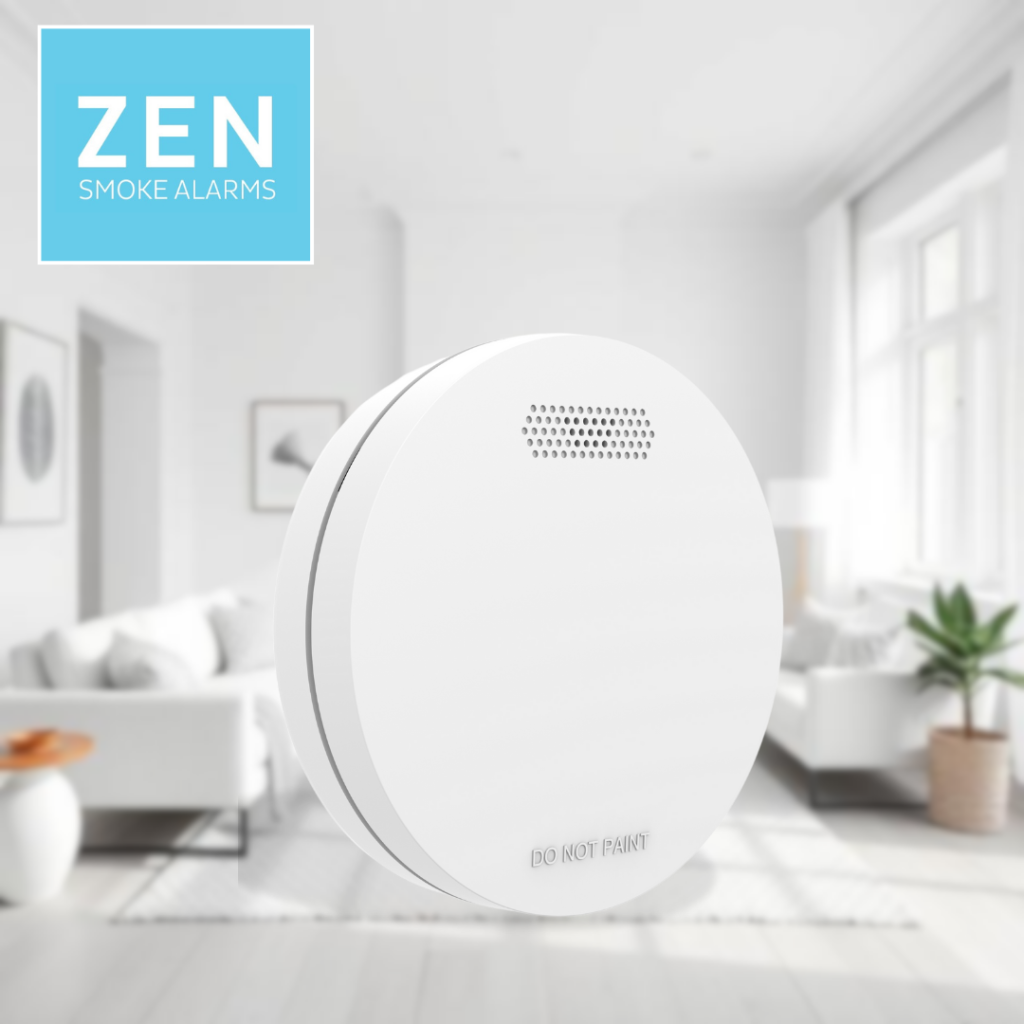When it comes to protecting your home and loved ones from fire, choosing the right smoke alarm is a decision that shouldn’t be taken lightly. One of the most common questions homeowners ask is whether a hard wired fire alarm is better than a wireless 10-year battery-powered model. Both options meet Australian fire safety standards, but each has its own advantages and drawbacks. In this blog, we’ll explore the key differences between hard wired and wireless smoke alarms so you can make an informed purchasing decision.
What Is a Hard Wired Fire Alarm?
A hard wired fire alarm is a smoke detector that is directly connected to the home’s 240V electrical wiring. These alarms typically have a backup battery to ensure functionality during power outages. Australia’s national building regulations (the National Construction Code or NCC) require hard wired smoke alarms in newly constructed homes and major renovations, as they provide a continuous power source and reliable performance. In Queensland an already hard wired fire alarm can only be replaced with another hard wired fire alarm.
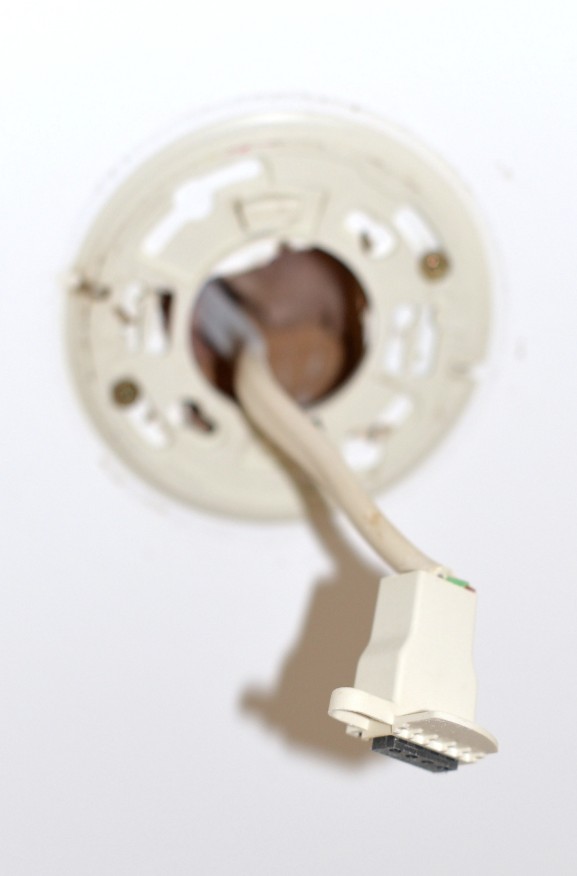
A hard wired fire alarm must be connected to household 240V mains electricity
Advantages of a Hard Wired Fire Alarm
- Reliable Power Source
Since a hard wired fire alarm is connected to the household’s electrical system, it doesn’t rely solely on batteries. This ensures uninterrupted power, reducing the risk of failure due to a dead battery. - Interconnection for Maximum Safety
Hard wired alarms can be interconnected, meaning that if one alarm detects smoke, all alarms in the house will sound. This is particularly beneficial in large homes or multi-storey buildings where early warning is vital. - Complies with Australian Building Regulations
All states and territories in Australia mandate hard wired smoke alarms in newly built homes or major renovations. Having these alarms installed ensures compliance with National Construction Code regulations and provides peace of mind. - Backup Battery for Power Outages
In case of a blackout, a hard wired fire alarm has a battery backup to keep it functioning. This ensures continuous protection even if mains power is lost.
Disadvantages of a Hard Wired Fire Alarm
- Professional Installation Required
Unlike wireless battery-powered models which can be legally DIY installed by anyone, hard wired alarms must be installed by a licensed electrician. This adds to the overall cost, time, and complexity of installation. - Higher Initial Costs
The cost of purchasing and installing a hard wired fire alarm is higher than that of a wireless 10-year battery-powered model due to electrician fees and wiring requirements. - Not Easily Upgraded or Relocated
Once installed, hard wired alarms are fixed in place. If you decide to move an alarm or upgrade to a newer model, it requires professional assistance to remove and replace. - Potential for Power Supply Issues
While hard wired alarms have backup batteries, they are still dependent on the household electrical supply. If wiring issues or power fluctuations occur, maintenance or replacement may be required. - Must be Replaced Every 10-Years Hard wired fire alarms must still be replaced 10-years from date of manufacture which will require the paid services of an electrician.
How Does a Hard Wired Fire Alarm Compare to Wireless 10-Year Battery Models?
Many homeowners opt for wireless 10-year battery-powered smoke alarms as an alternative to hard wired models. These alarms are completely powered by a long-life lithium battery that lasts for 10 years, eliminating the need for battery replacements. Let’s compare them to hard wired fire alarms:
Advantages of Wireless 10-Year Battery-Powered Alarms
- Easy DIY Installation
Wireless smoke alarms can be DIY installed by anyone without needing the services of an electrician. Most models such as ZEN come with included mounting brackets and screw fixings, making installation quick and hassle-free. - Lower Upfront Cost
Without the need for professional installation, battery-powered alarms are more affordable upfront compared to hard wired fire alarms. - Flexibility in Placement
Wireless alarms can be easily installed in any room or relocated if needed. This is particularly useful for rental properties or homes without existing wiring. - No Dependence on Electrical Wiring
Because they are not connected to the household’s electrical system, wireless smoke alarms will continue functioning even if the power goes out. - Meets Australian Safety Standards
Many wireless models such as ZEN are certified to Australian Standard 3786:2014, making them a legal and effective fire safety solution.
Disadvantages of Wireless 10-Year Battery-Powered Alarms
- No Interconnection in Some Models
While some wireless alarms offer interconnectivity, not all models do. This means that in a fire, alarms may not trigger each other, potentially delaying evacuation. - Potential for Battery Failure
While rare, a faulty battery can cause the alarm to stop working before the 10-year mark. Regular testing is key to ensure functionality. - Less Suitable for New Builds
Australian regulations require hard wired fire alarms in newly constructed homes and major renovations, meaning battery-powered options may not be compliant in all situations. It is also not permitted in Queensland to replace an existing hard wired fire alarm with a wireless battery model.
Which Fire Alarm is Best for Your Home?
Choosing between a hard wired fire alarm and a wireless 10-year battery-powered smoke alarm depends on your specific needs and circumstances:
- If you are building a new home or renovating, a hard wired fire alarm could be preferable, as it meets Australian building regulations and offers continuous power with interconnection capabilities.
- If you need a quick, easy to install and cost-effective compliance solution, a wireless 10-year battery-powered smoke alarm such as ZEN is the best option, particularly for older homes or rental properties where wiring may not be feasible.
- If you want maximum protection, interconnected photoelectric alarms—whether hard wired or wireless—provide the best safety by ensuring all alarms sound when smoke is detected.
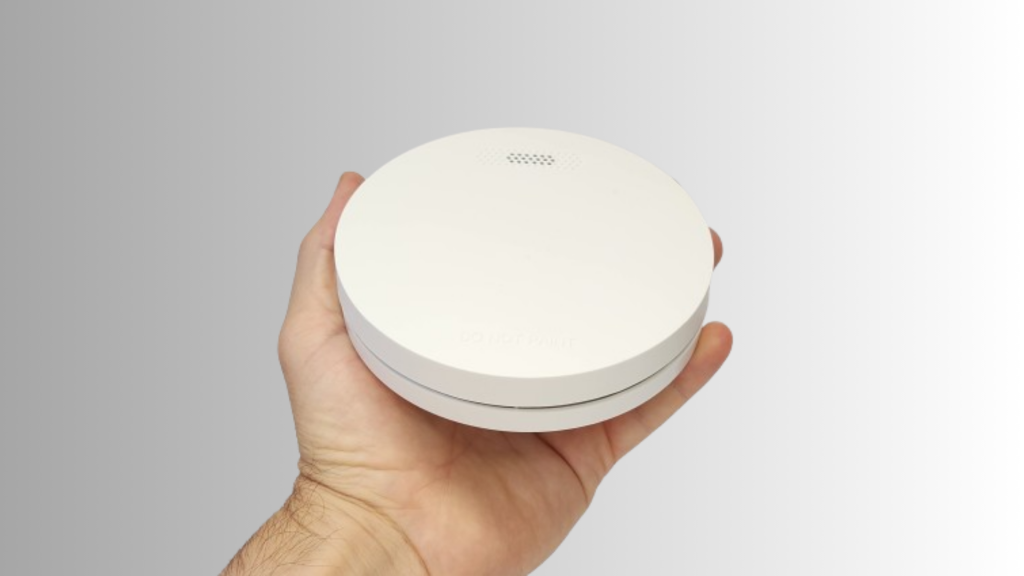
ZEN wireless 10-year battery powered smoke alarms offer an easy and affordable compliance solution
Conclusion And Final Thoughts
Both hard wired and wireless smoke alarms offer excellent fire safety, but the right choice depends on your home’s requirements and budget. A hard wired fire alarm provides a stable power source, interconnection, and compliance with the National Construction Code for new builds, while wireless 10-year battery-powered alarms offer flexibility, easy installation, and affordability and compliance with Australian regulations.
Regardless of which type you choose, regular testing and maintenance are key to ensuring your smoke alarms function when needed. Fire safety starts with the right alarm—so make an informed choice and stay protected!
For expert insights and free and friendly advice contact Christian today – we love talking smoke alarms!

Want to know more? Watch our ZEN Smoke Alarm YouTube channel or call us on 0478 596 402 today
We love talking smoke alarms!
ZEN Photoelectric Smoke Alarms
New Farm, QLD, 4005

